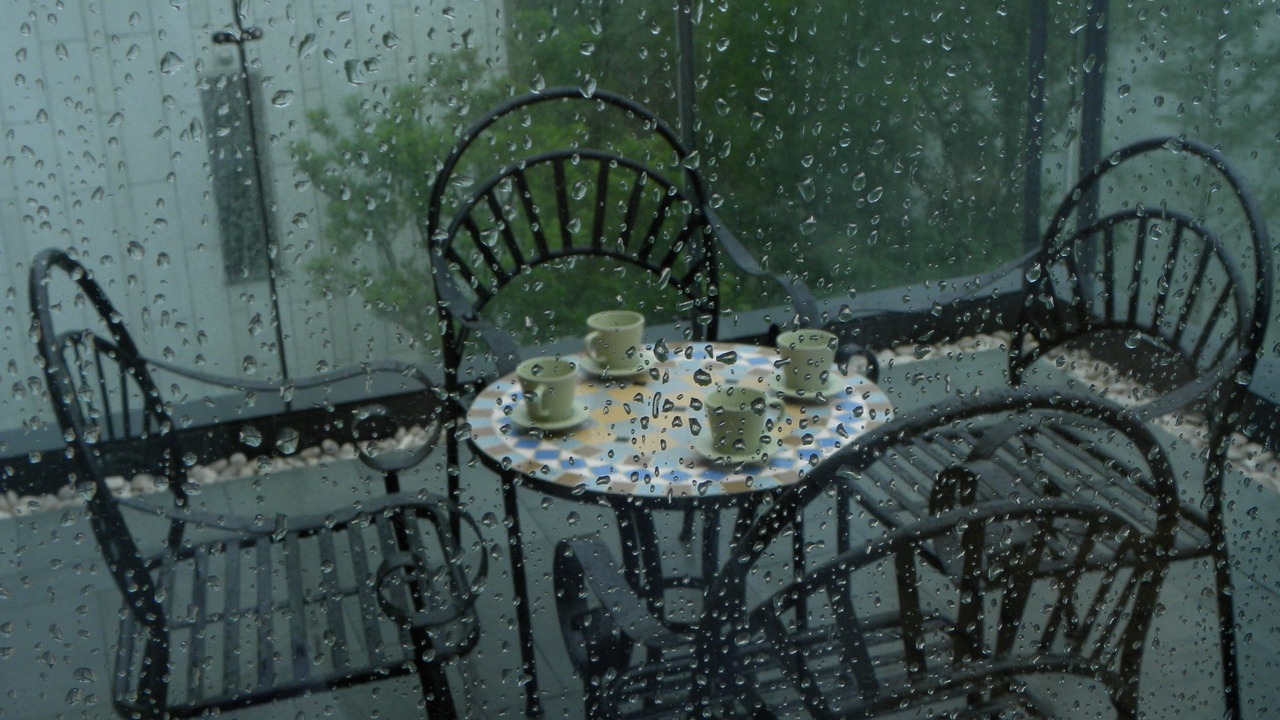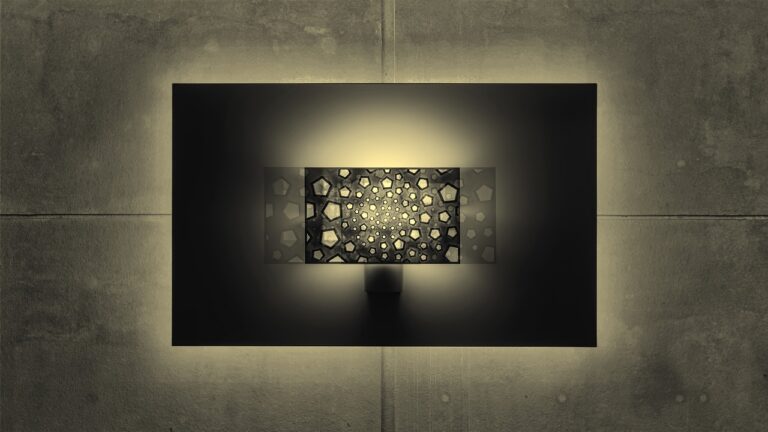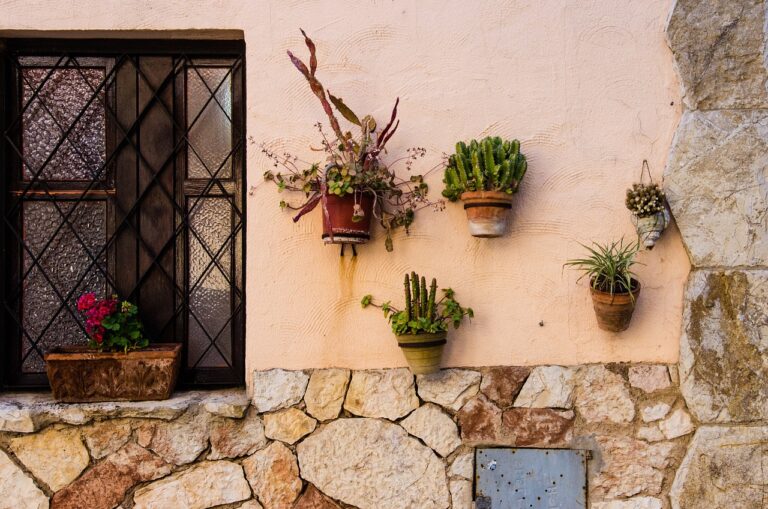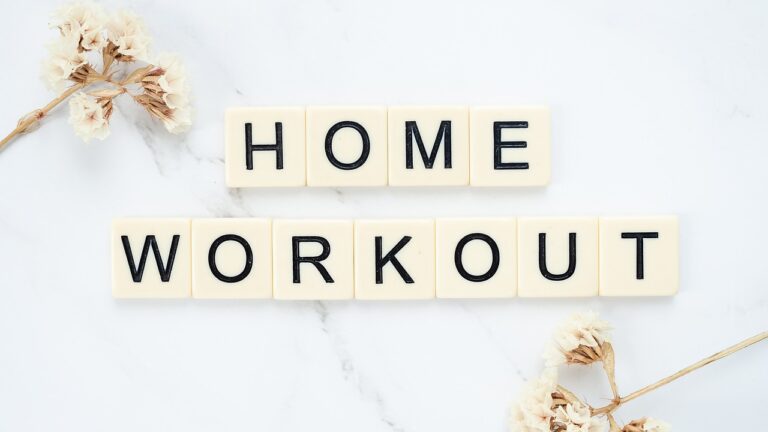The Psychology of Home Design: How Color Affects Mood
When it comes to designing your home, color plays a crucial role in shaping the atmosphere and overall mood of the space. From calming blues to energizing yellows, different colors have the power to evoke a range of emotions and impact our psychological well-being. In this article, we will explore the psychology of home design and examine how color affects mood.
The Impact of Color on Emotions
Color psychology is a fascinating field that studies how different colors can influence human behavior, emotions, and perceptions. Our brains react to color stimuli in various ways, triggering specific emotional responses based on the colors we see. By understanding the psychological effects of colors, we can create a harmonious and mood-enhancing living environment.
Understanding the Basics of Color Psychology
Before diving into the specific effects of different colors, it’s important to grasp the basics of color psychology. Here are some key points to consider:
The Importance of Choosing the Right Colors
When designing a home, selecting the right colors is essential to creating a space that reflects your personality and promotes a positive atmosphere. Whether you’re painting the walls, choosing furniture, or adding decorative accents, the colors you choose can significantly impact the mood of your home.
How Color Affects Mood in Different Rooms
Each room in your home serves a different purpose, and the colors you use can enhance the functionality and mood of the space. Here’s how color affects mood in various rooms:
Bedroom
The bedroom is a sanctuary for rest and relaxation. Soft, soothing colors like light blues, greens, and lavender can create a calming atmosphere that promotes sleep and relaxation. Avoid using stimulating colors like bright reds or oranges, as they may interfere with your ability to unwind and drift off to sleep.
Living Room
The living room is a gathering space where family and friends come together to socialize and relax. Warm, inviting colors like earth tones, neutrals, and warm yellows can foster a cozy and welcoming ambiance. Consider using accent colors like deep blues or rich browns to add depth and interest to the room.
Kitchen
The kitchen is often the heart of the home, where meals are prepared and memories are made. Bright, stimulating colors like reds, oranges, and yellows can energize and inspire creativity in the kitchen. Consider using pops of color in your kitchen decor to add personality and vibrancy to the space.
Bathroom
In the bathroom, a balance of calming and refreshing colors can create a spa-like retreat for relaxation and rejuvenation. Shades of blue, green, or soft pastels can promote a sense of serenity and cleanliness in the bathroom. Consider incorporating natural elements like plants or wooden accents to enhance the tranquil ambiance.
Home Office
If you have a home office, choosing the right colors can boost productivity and focus. Cool, calming colors like blues, greens, or purples can help create a peaceful and conducive work environment. Avoid using overly stimulating colors that may distract or overwhelm your concentration.
FAQs
1. How do warm colors affect mood?
Warm colors like reds, oranges, and yellows are known for their stimulating and energetic qualities. They can evoke feelings of warmth, comfort, and excitement, making them perfect for social spaces like living rooms or dining areas.
2. What are the best colors for promoting relaxation?
Cool, soft colors like blues, greens, and purples are ideal for creating a calming and restful atmosphere. These colors are associated with tranquility, serenity, and peace, making them perfect for bedrooms, bathrooms, or meditation spaces.
3. How can I use color to make a small room appear larger?
To make a small room feel more spacious, opt for light, airy colors like whites, creams, or pastels. These colors reflect light and create a sense of openness and expansion, making the room appear larger and brighter.
4. Is it okay to mix different colors in the same room?
Yes, mixing different colors in the same room can create visual interest and depth. However, it’s essential to maintain a cohesive color scheme by choosing colors that complement each other and create a harmonious balance in the space.
Overall, the psychology of home design demonstrates the powerful impact that color can have on our emotions and well-being. By carefully selecting and incorporating colors that resonate with you, you can create a home environment that not only looks beautiful but also enhances your mood and overall quality of life.







